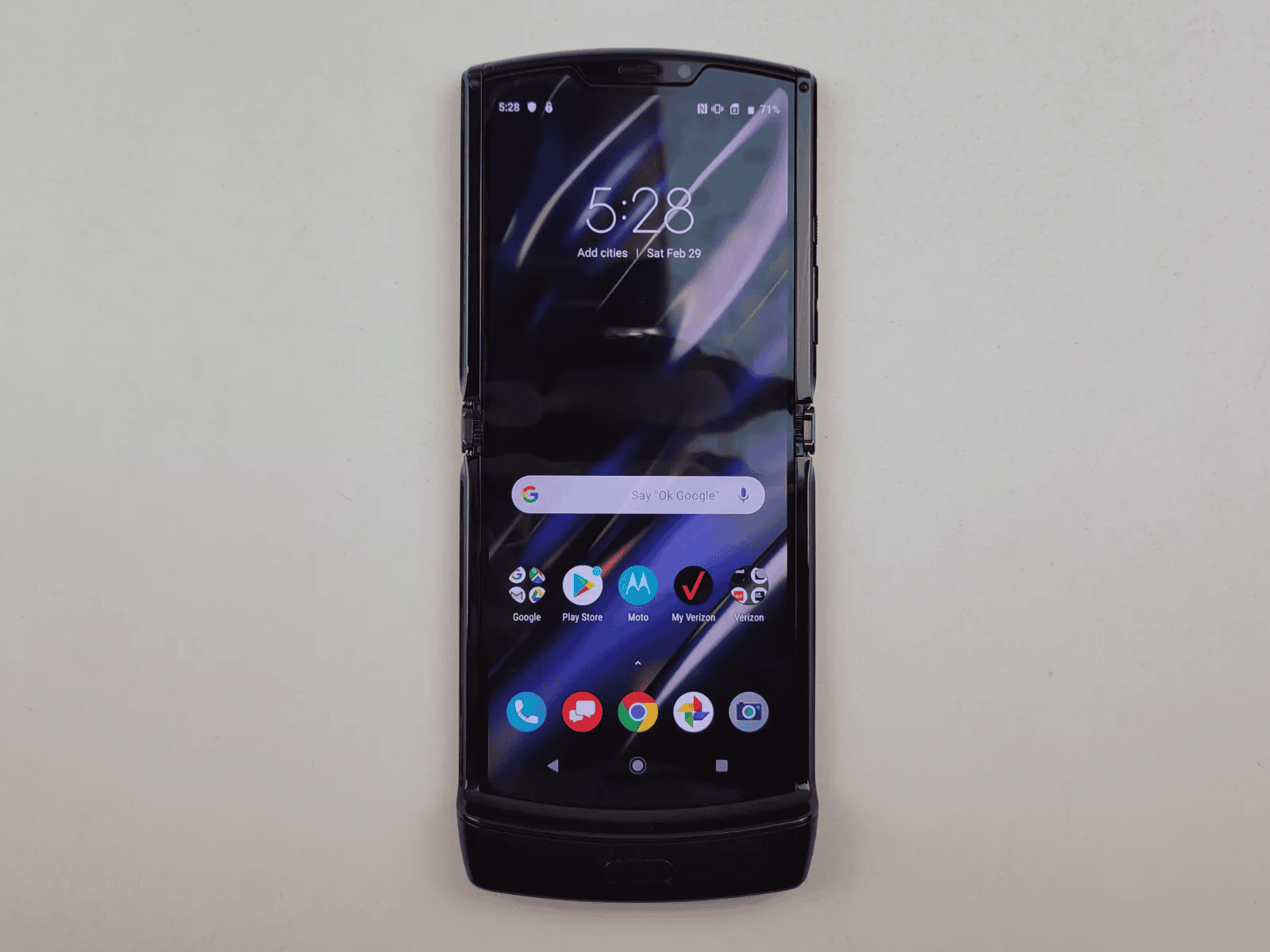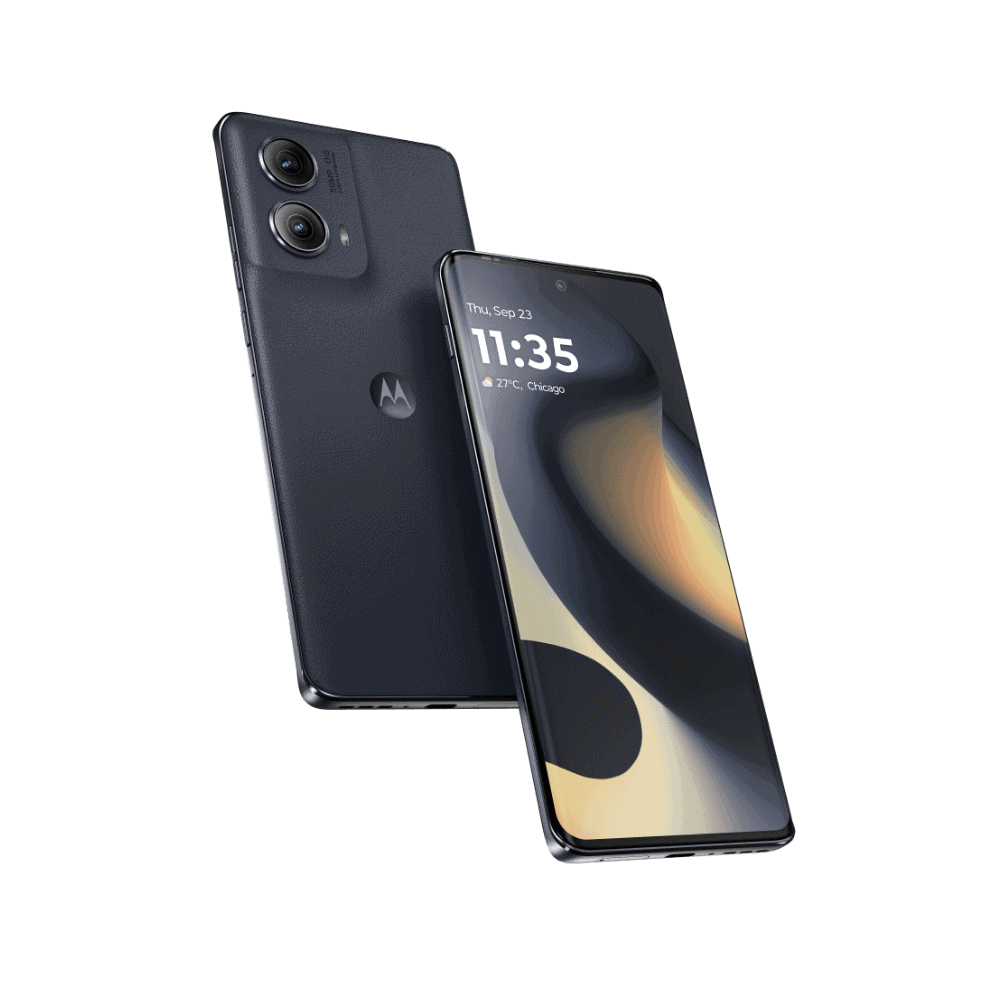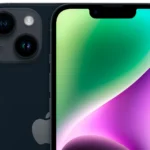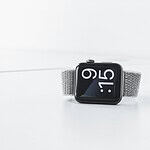Remember the iconic Motorola Razr? That sleek, flip phone that everyone wanted back in the day? Motorola has been a big name in the phone world for decades. From the first-ever cell phone to those super popular flip phones, they’ve had a hand in shaping how we communicate. Let’s take a trip down memory lane and explore some of the most important moments in Motorola’s cell phone history.
The DynaTAC to the Razr: A Legacy of Innovation
From the bulky DynaTAC to the sleek Razr, Motorola has consistently pushed the boundaries of mobile technology. Though the company has faced challenges in recent years, its legacy of innovation continues to inspire.

Motorola has been a major player in the cell phone industry from the very beginning. The company’s innovations have shaped how we communicate, and its iconic designs have left a lasting impact on popular culture. Let’s take a look back at some of the key moments in Motorola’s rich history with cell phones.
The Dawn of Mobile: The DynaTAC 8000X (1983)
This phone was a true game-changer. It was the first commercially available cell phone. Can you imagine? People could finally make calls without being tethered to a landline! The DynaTAC, nicknamed “the brick” due to its size and weight, was a symbol of wealth and status. It paved the way for the mobile revolution.
The MicroTAC: A Flip Phone Pioneer (1989)
Motorola continued to innovate with the MicroTAC, the world’s first flip phone. This design was revolutionary. It allowed for a smaller, more portable phone that could easily fit in a pocket. The flip action also added a cool factor, making the MicroTAC a popular choice.
The StarTAC: A Fashionable and Functional Icon (1996)
This was the first clamshell-style phone, and it was a huge hit. It was much smaller and lighter than previous models, and it came in a variety of colors. The StarTAC was a fashion statement as much as it was a communication device.

The Razr: A Cultural Phenomenon (2004)
The Razr was a global sensation. Its sleek design and innovative features made it the must-have phone of the mid-2000s. It was incredibly thin and stylish, and it came in a variety of colors. The Razr was more than just a phone; it was a cultural icon.
The Droid: Android’s Champion (2009)
As the smartphone era began, Motorola partnered with Google to launch the Droid. This phone was one of the first popular devices to run on Android. It helped establish Android as a major mobile operating system.

Motorola’s Milestones in Mobile
| Year | Phone | Significance |
|---|---|---|
| 1983 | DynaTAC 8000X | First commercially available cell phone. |
| 1989 | MicroTAC | World’s first flip phone. |
| 1996 | StarTAC | First clamshell-style phone; popular for its small size and variety of colors. |
| 2004 | Razr | Ultra-thin design; cultural icon of the mid-2000s. |
| 2009 | Droid | Early popular Android smartphone; helped establish Android as a major mobile OS. |
Motorola Today: Focusing on Foldables and 5G
While Motorola may not be the dominant force it once was, the company is still actively involved in the mobile landscape. In recent years, Motorola has focused on two key areas: foldable phones and 5G connectivity.
Reviving the Razr: The Age of Foldables
Motorola has tapped into nostalgia by reviving the iconic Razr as a foldable smartphone. The new Razr models retain the classic flip phone design but with a modern twist – a flexible display that folds in half. This allows for a compact design when closed and a full-screen experience when open. Motorola has continued to iterate on the Razr design, improving durability and adding features with each new generation.
Embracing 5G Connectivity
Motorola has been a strong proponent of 5G technology. The company has released a range of 5G-enabled smartphones across different price points, making next-generation connectivity more accessible to consumers. Motorola’s 5G phones offer faster download and upload speeds, smoother streaming, and improved gaming experiences.
Beyond Smartphones: Expanding the Ecosystem
In addition to phones, Motorola offers a variety of other devices, including smart home appliances, baby monitors, and two-way radios. The company is also exploring new technologies like augmented reality (AR) and virtual reality (VR). While Motorola may not be the biggest player in the market, it continues to innovate and adapt to the changing technological landscape.
A Glimpse into Motorola’s Mobile Legacy
Stay Updated on Mobile Tech
Get the latest mobile technology stories delivered to your inbox by signing up for our newsletter. Subscribers agree to our terms and can opt out anytime.
Motorola has been a pioneer in mobile communications since the 1930s. The company introduced the first commercial handheld cellular phone in 1983, revolutionizing personal communication. From the iconic DynaTAC to the sleek RAZR, Motorola’s innovative designs have shaped the mobile industry.
Frequently Asked Questions
Motorola’s First Mobile Phone Release
Motorola introduced its first mobile phone in 1983. The DynaTAC 8000X was a groundbreaking device that weighed 2.5 pounds and offered 30 minutes of talk time. It took a decade to develop and cost $3,995 at launch.
Popular Motorola Phones of the 1990s
The 1990s saw several iconic Motorola phones:
- MicroTAC (1989): First flip phone
- StarTAC (1996): Smallest and lightest phone at the time
- DynaTAC 8900X-2 (1994): Improved battery life
- International 3200 (1992): First digital hand-held phone
These models were known for their innovative designs and improved functionality.
Value of Vintage Motorola Phones
Vintage Motorola phones have become collectibles. Prices vary based on model, condition, and rarity. Some examples:
- DynaTAC 8000X: Can fetch $1,000-$5,000
- StarTAC: $100-$500 depending on condition
- MicroTAC: $50-$200 for working models
Collectors value these phones for their historical significance and nostalgia factor.
Price Range During Peak Popularity
Motorola phones during their peak in the 1990s and early 2000s ranged from:
- Budget models: $50-$150
- Mid-range phones: $150-$400
- High-end devices: $400-$1000+
Prices decreased over time as technology improved and competition increased.
Evolution of Motorola’s Cell Phone Designs
Motorola’s designs evolved significantly:
- 1980s: Large, brick-like phones (DynaTAC)
- Early 1990s: Smaller, more portable designs (MicroTAC)
- Mid-1990s: Compact flip phones (StarTAC)
- Late 1990s-2000s: Sleeker designs, color screens
- 2000s-2010s: Smartphones with touchscreens (RAZR, Droid series)
Each generation brought improvements in size, weight, and features.
DynaTAC 8000X’s Industry Impact
The DynaTAC 8000X had a profound impact:
- Proved the viability of handheld cellular phones
- Sparked public interest in mobile communication
- Inspired competitors to develop their own mobile phones
- Led to rapid advancements in mobile technology
- Set the stage for the modern smartphone era
It transformed communication and paved the way for today’s mobile-centric world.







